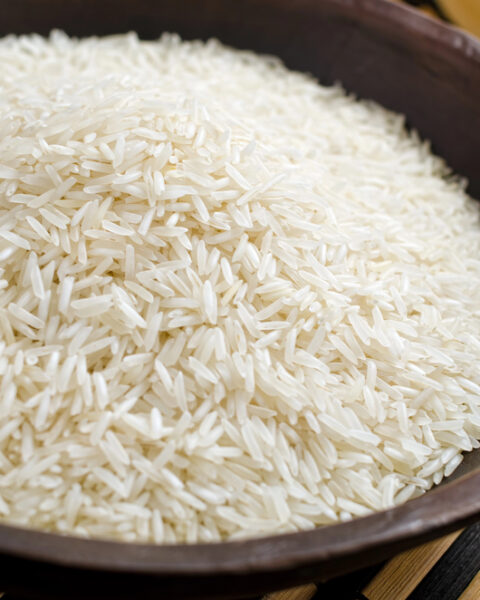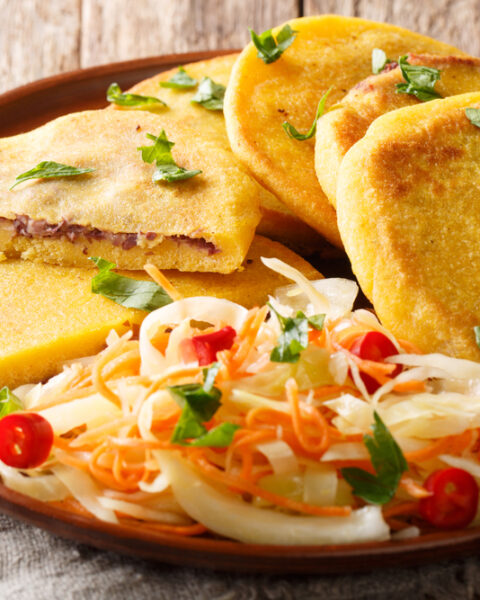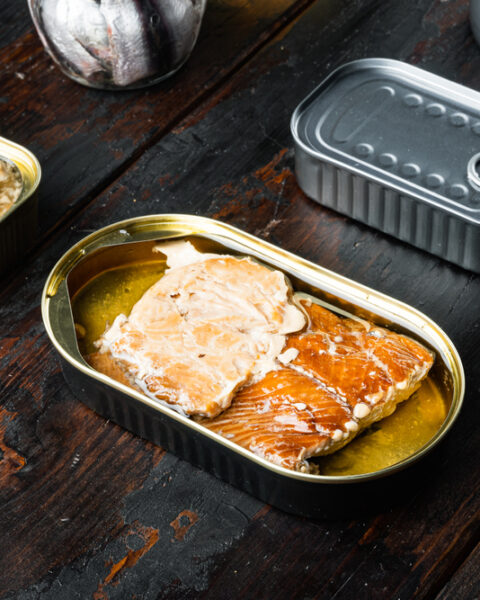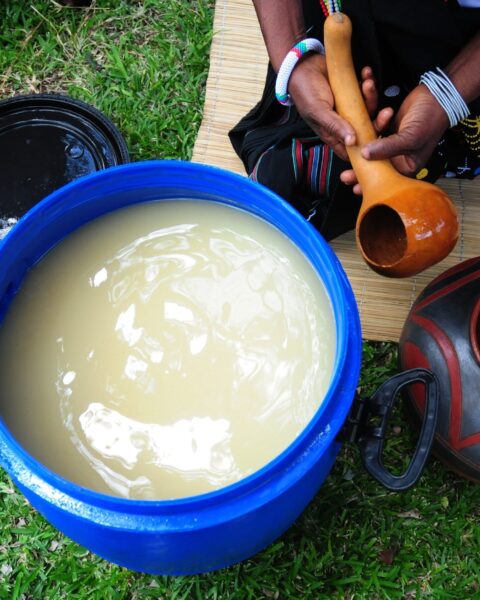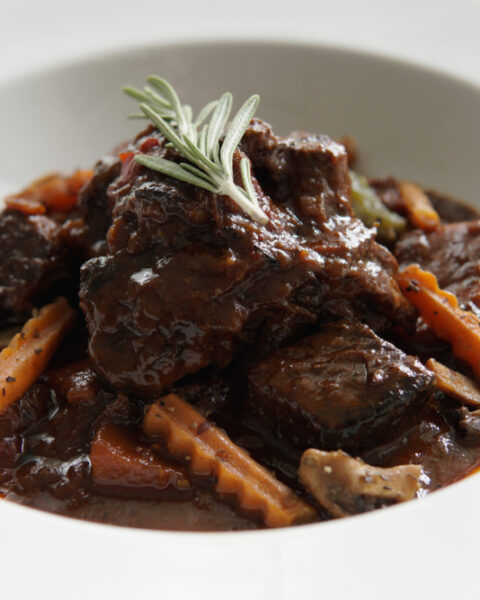Whole grains are one of the best ways to fuel your body throughout the day. Packed with fiber, vitamins, and minerals, they slowly release energy, keeping you going strong without the dreaded sugar crash. Whether it’s breakfast, lunch, or dinner, adding these grains to your meals can help you stay energized and focused.
Contents
Quinoa
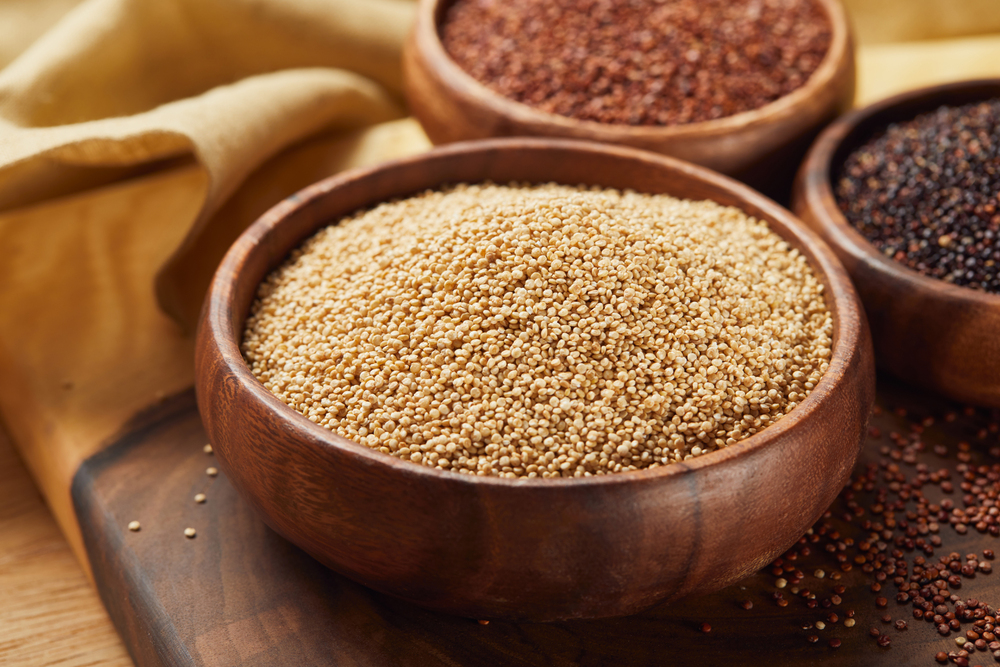
Quinoa is a protein-packed grain that’s rich in fiber, making it a powerhouse for sustained energy. It’s also gluten-free, making it a great choice for those with gluten sensitivities. Quinoa provides all nine essential amino acids, which means it’s a complete protein, perfect for supporting muscle health. Its low glycemic index helps regulate blood sugar levels, keeping your energy steady. You can add it to salads, soups, or use it as a base for grain bowls.
Brown Rice

Brown rice is a whole grain that provides long-lasting energy because of its fiber and complex carbohydrate content. Unlike white rice, brown rice has its outer bran layer, which is packed with vitamins and minerals. It slowly digests, giving you a steady supply of energy without spikes in blood sugar. Brown rice is also a good source of magnesium, which helps convert food into energy. Pair it with vegetables or proteins for a satisfying meal.
Oats
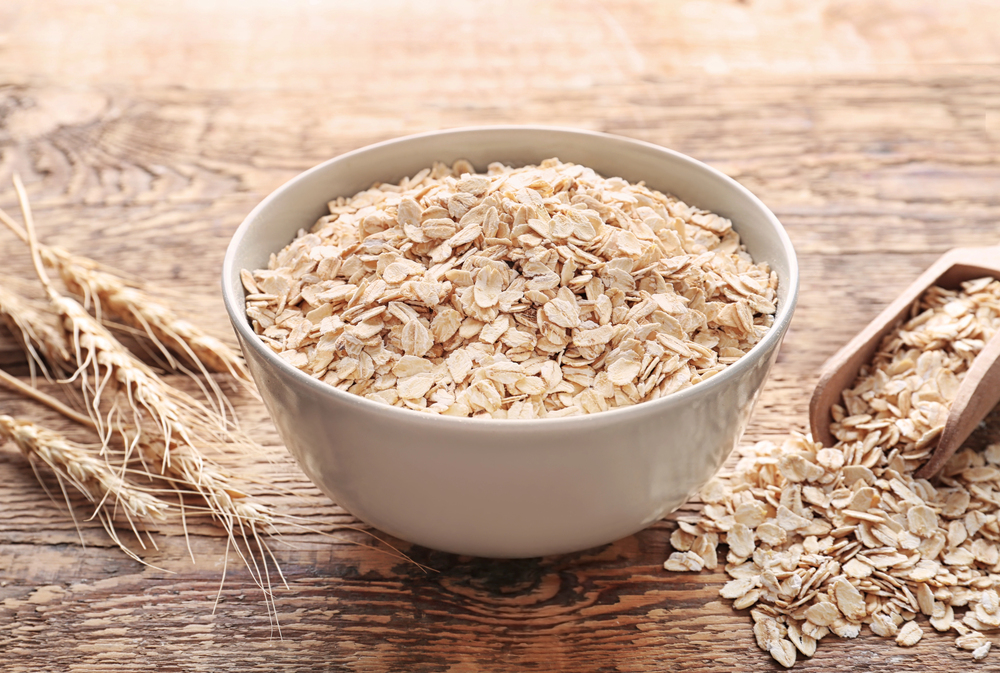
Oats are a breakfast staple for good reason—they’re a whole grain loaded with soluble fiber, which helps maintain energy levels throughout the day. They take longer to digest, keeping you full and energized longer than other quick breakfast options. Oats are also rich in vitamins like B1 and minerals like magnesium, both of which help your body produce energy. Enjoy them as oatmeal, in smoothies, or as part of homemade granola bars.
Barley

Barley is another fiber-rich grain that helps keep energy levels consistent by slowly releasing glucose into the bloodstream. It’s an excellent source of beta-glucan, a type of fiber that supports heart health and stabilizes blood sugar. Barley also provides essential minerals like selenium and magnesium, which play a role in energy production. You can use it in soups, stews, or as a side dish for a hearty meal.
Millet

Millet is an ancient grain that provides a steady source of energy thanks to its high fiber content and complex carbs. It’s also a good source of magnesium, which helps your muscles function properly and supports energy metabolism. Millet is naturally gluten-free and easy to digest, making it perfect for people with sensitive stomachs. Cook it as a porridge, mix it into salads, or use it in baking for added texture.
Bulgur

Bulgur is made from cracked wheat and is full of fiber, helping you stay energized throughout the day. It’s quick to cook and has a light, nutty flavor that complements many dishes. The fiber in bulgur slows digestion, preventing sudden energy crashes after meals. It’s also a good source of iron, which is essential for carrying oxygen to your muscles. Use bulgur in tabbouleh or as a base for grain bowls and sides.
Farro
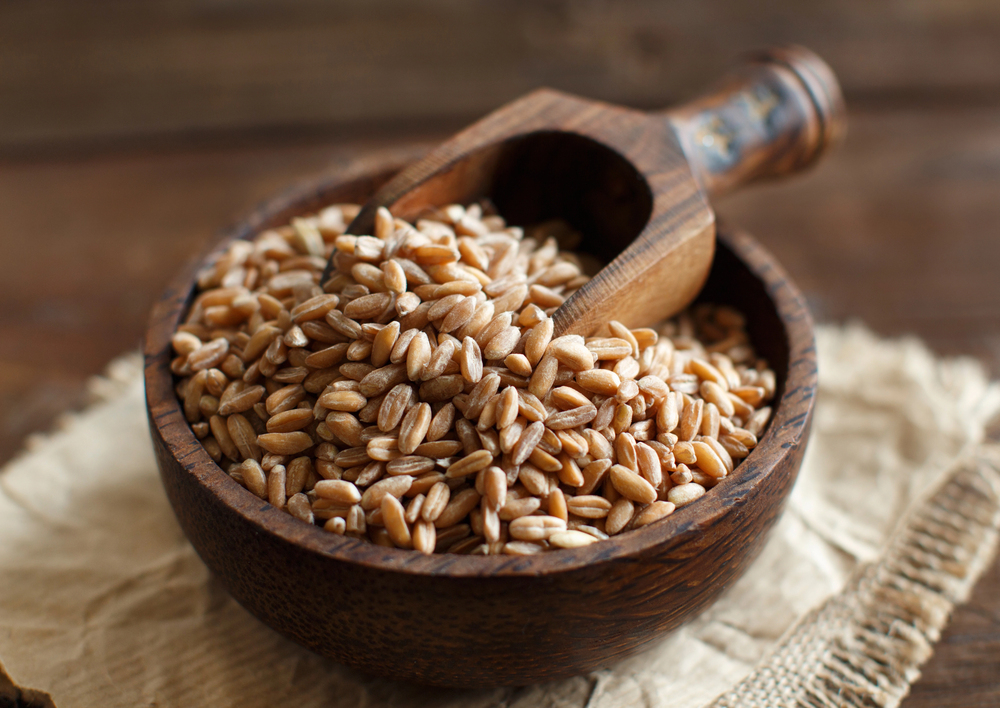
Farro is an ancient grain known for its chewy texture and nutty flavor. It’s packed with complex carbohydrates and fiber, providing long-lasting energy without spikes in blood sugar. Farro is also rich in protein, magnesium, and iron, which support energy production and muscle function. It’s easy to incorporate into soups, salads, or as a side dish with roasted vegetables.
Spelt
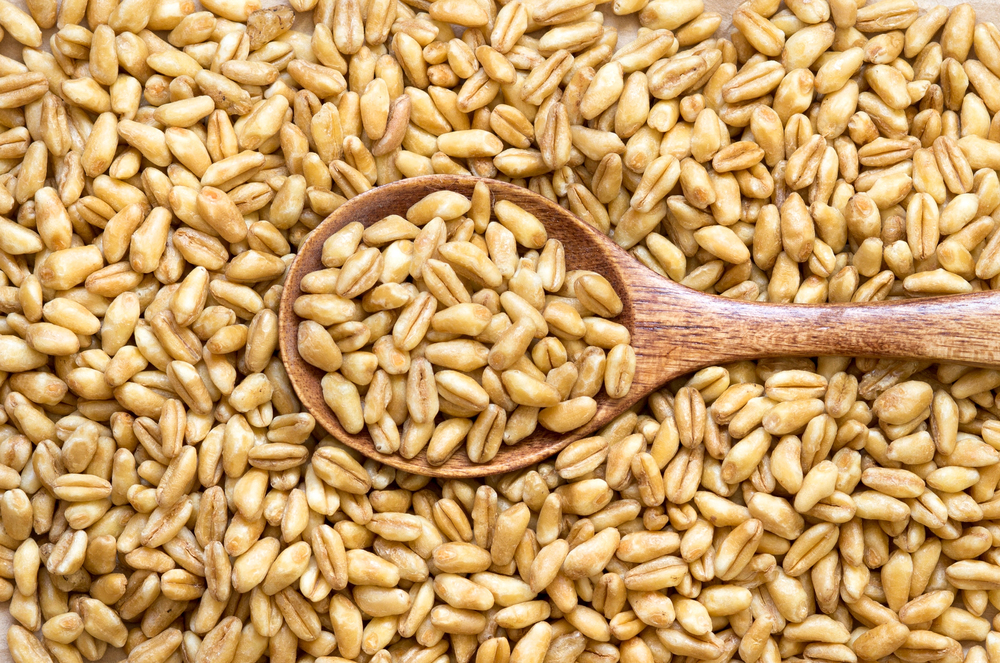
Spelt is another ancient grain that is high in fiber, protein, and essential nutrients like magnesium and iron. These nutrients help support energy levels and keep you feeling fuller for longer. Spelt is also easier to digest than regular wheat, which makes it a great alternative for those with wheat sensitivities. You can use spelt flour in baking or add cooked spelt grains to salads, soups, or casseroles.
Buckwheat

Despite its name, buckwheat isn’t related to wheat and is actually gluten-free. It’s packed with fiber and essential nutrients like magnesium, which are key for energy metabolism. Buckwheat is also rich in antioxidants that support overall health and vitality. The slow-digesting carbohydrates in buckwheat help stabilize blood sugar, keeping your energy levels steady. Use it in pancakes, noodles, or porridge.
Amaranth
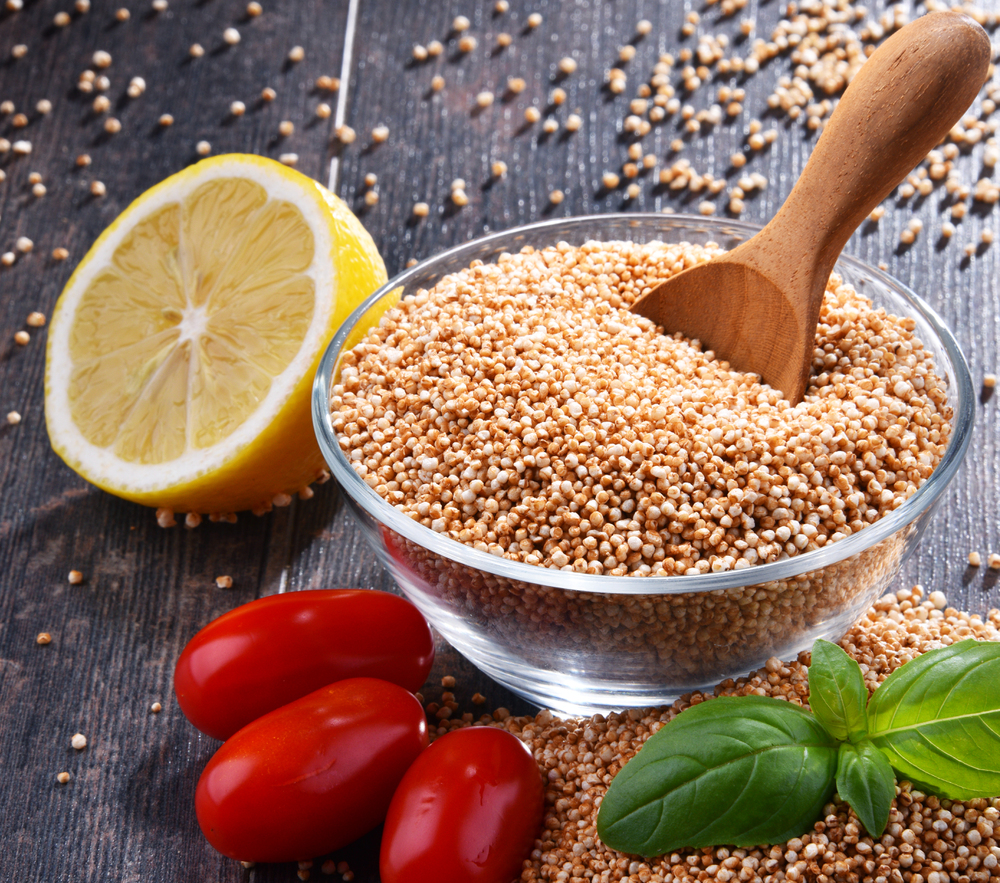
Amaranth is a lesser-known grain that’s high in protein and fiber, both of which contribute to sustained energy throughout the day. It’s also rich in micronutrients like magnesium and iron, which are crucial for maintaining energy production in the body. Amaranth is naturally gluten-free and has a nutty flavor that pairs well with both sweet and savory dishes. You can use it in porridge, salads, or as a base for grain bowls.
This article originally appeared on RetailShout.
More From RetailShout
10 Foods You Hated Growing Up But Can’t Get Enough Of Now
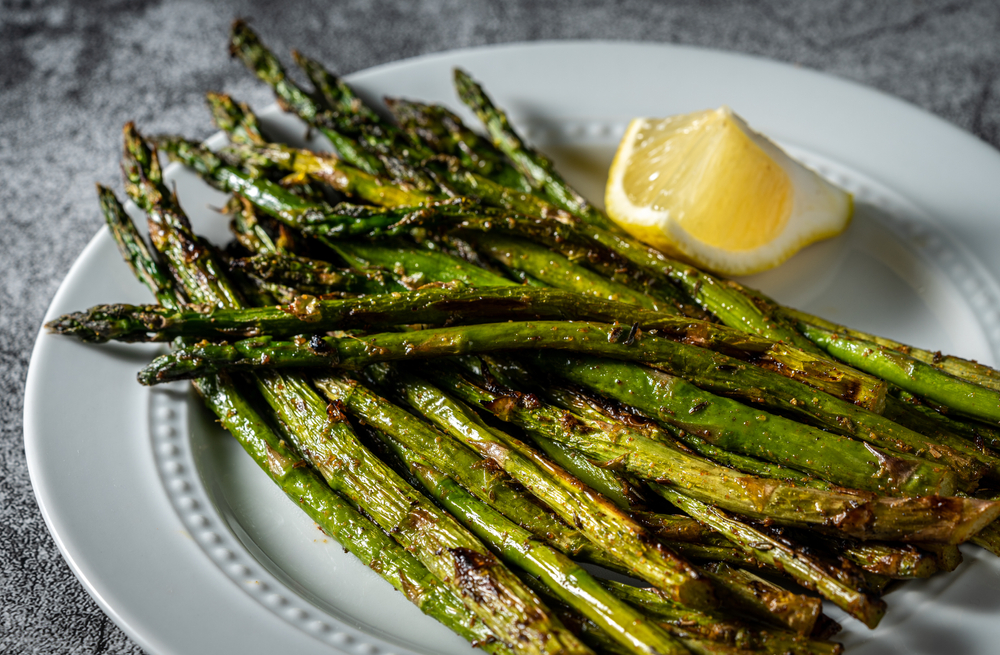
Remember those meals you dreaded as a child? As it turns out, many of those foods have a surprising appeal once you grow up. Read More.
18 Protein-Packed Breakfasts to Start Your Day Right
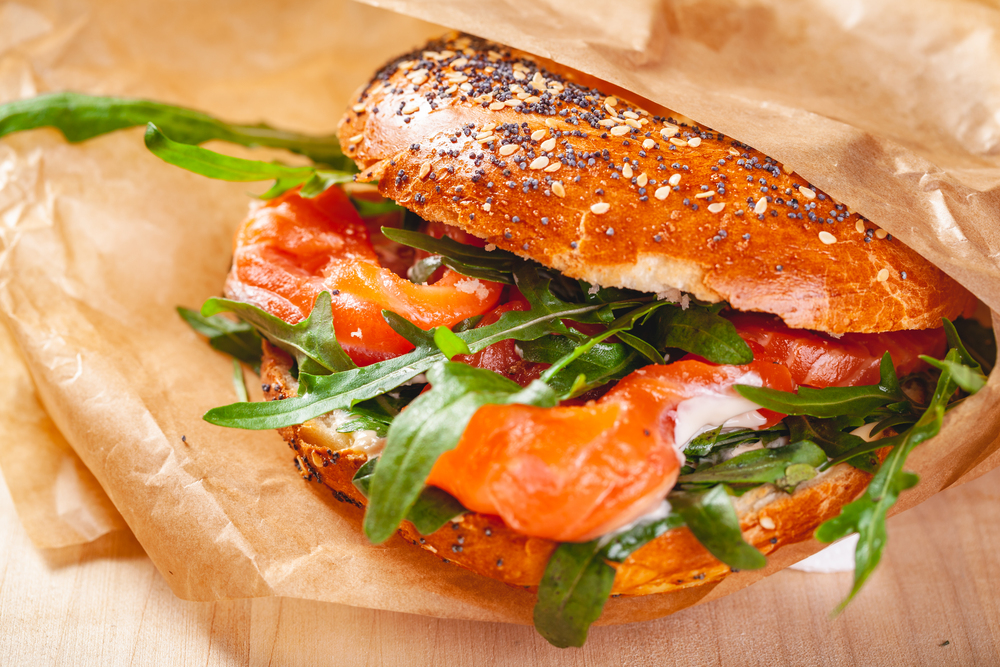
Starting your day with a protein-packed breakfast gives you the energy and focus you need to power through the morning. Whether you’re looking to fuel a workout or simply need a healthy start, these delicious meals are packed with protein to keep you feeling full and satisfied. Read More.
15 Australian Foods Americans Rarely Get to Taste
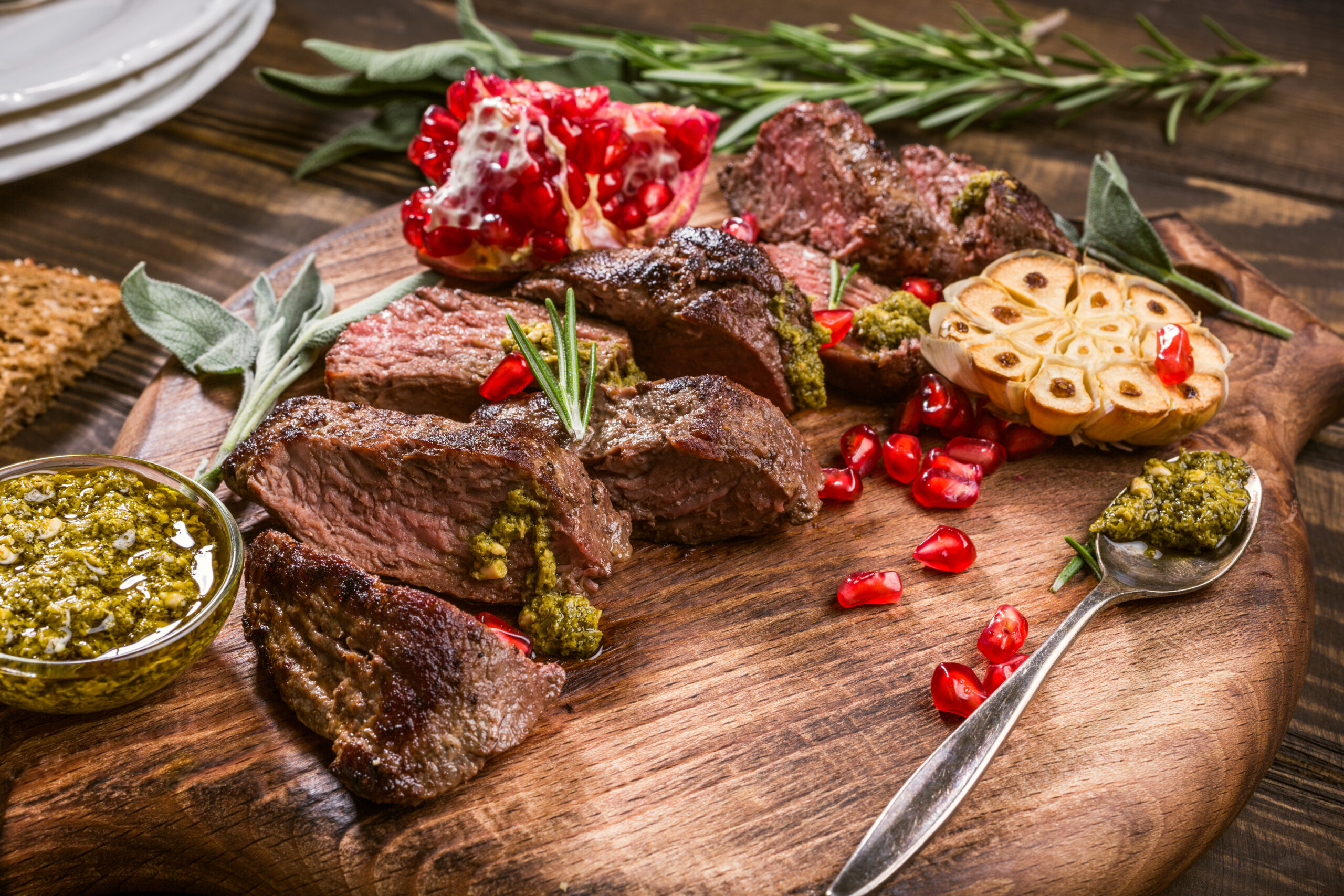
Australia is known for its stunning landscapes, unique wildlife, and laid-back lifestyle, but its food culture is just as interesting and often underappreciated. Australian cuisine is packed with flavors and textures that are sure to tickle your taste buds. Read More.

